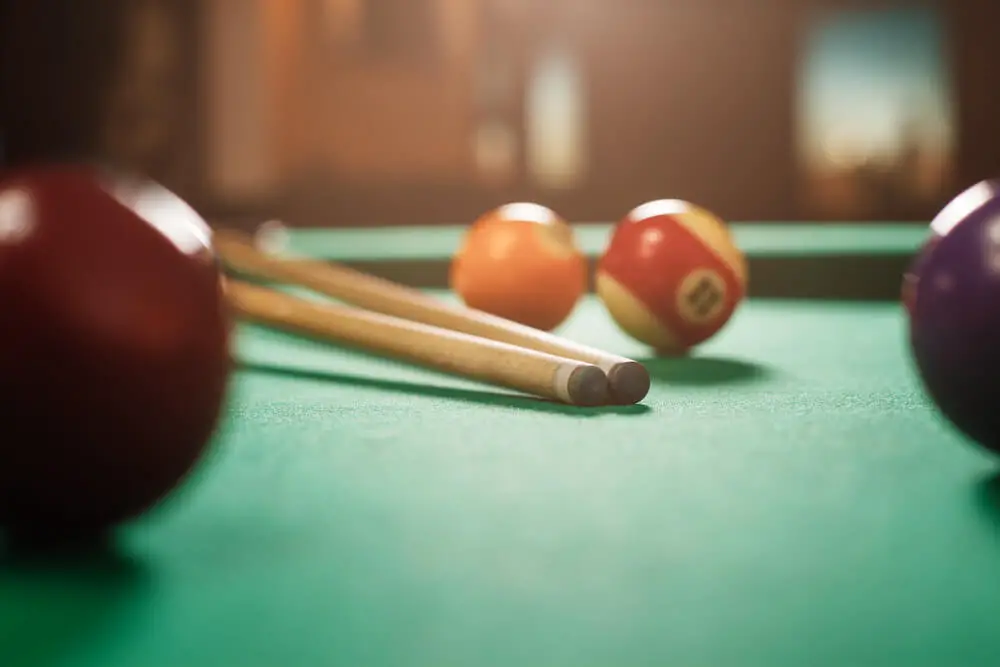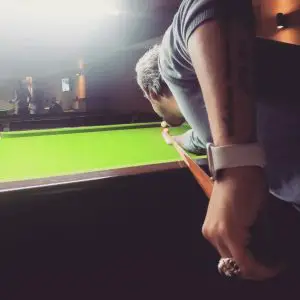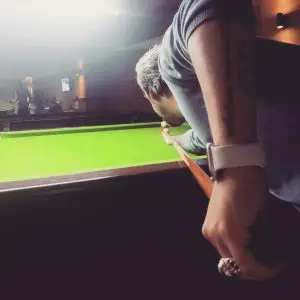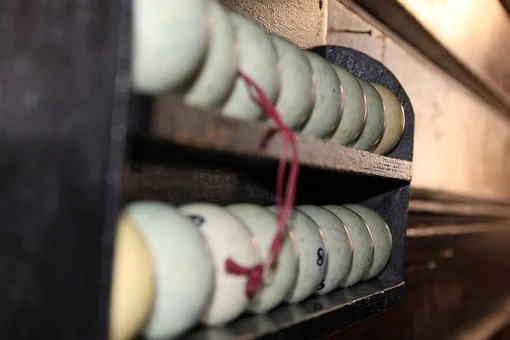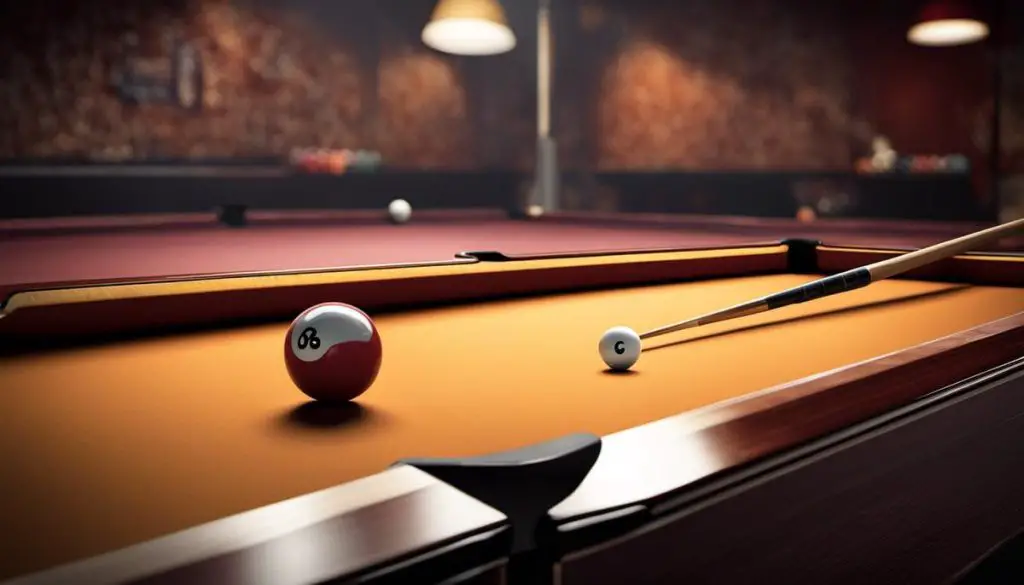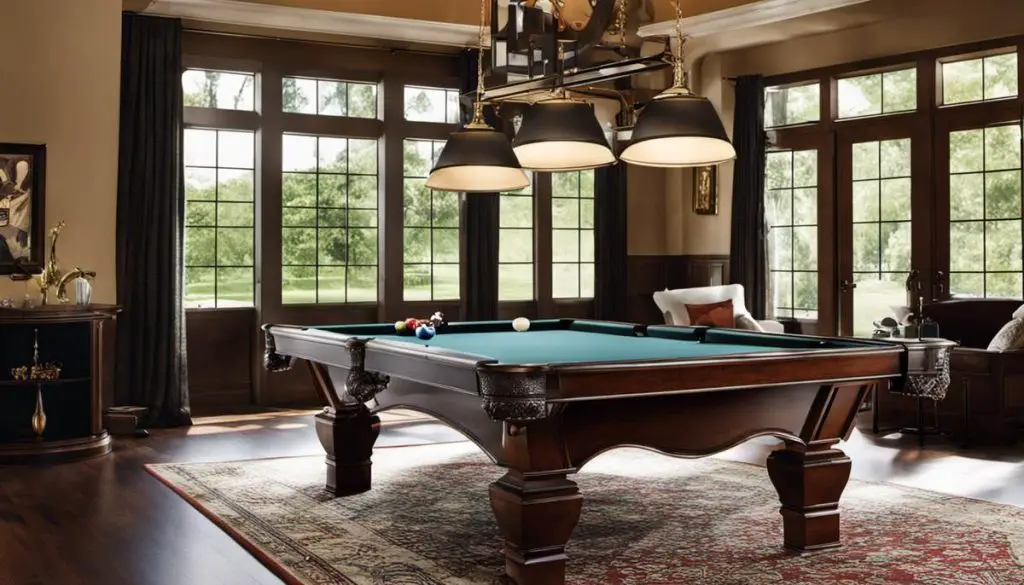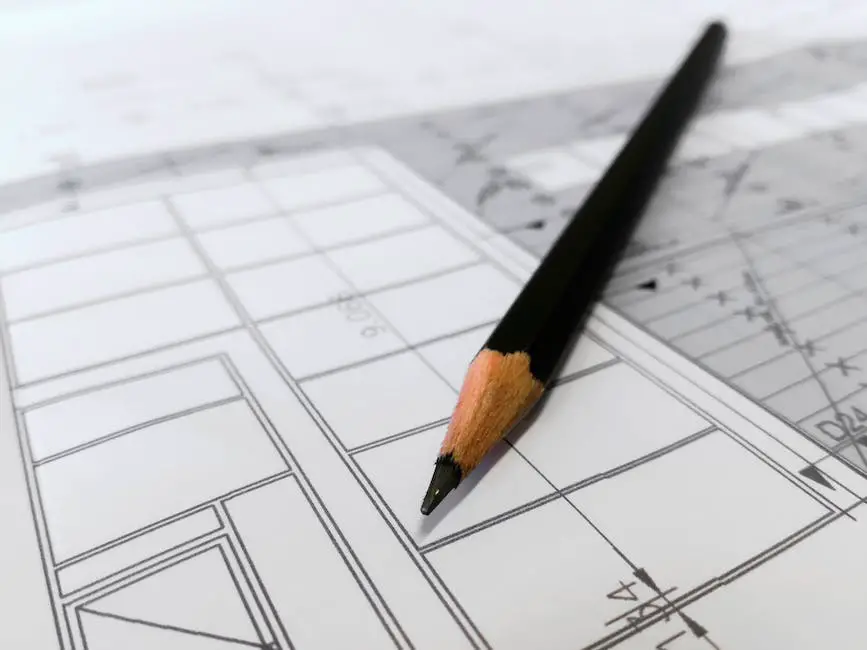Last week, we covered the basics of pool cues and the game of pool itself. Now that you’ve probably played a few games, it’s a good time to check whether your cue is straight. If it isn’t, then you’ll need to straighten it. How do you do that?
The best way to straighten a pool cue is to hang or suspend it from the ceiling using a cue hanger. Gravity will do the rest, but it can take a few weeks for your pool cue to be stick-straight again.
Is it okay to play with a warped pool cue? How can you be sure your cue is straight enough for use? We’ll answer these questions and more ahead, so make sure you keep reading. You’re not going to want to miss it.
Why Straighten Your Pool Cue?
Okay, so your pool cue is a little bit crooked. So what, right?
Sure, that’s an attitude you can take, but it’s not necessarily the best one. Think about it like this. Now that you’ve played pool a few times, you’ve really taken a liking to the game, correct? As you’ve gotten the basics down, rather than play just to understand, you’ve begun playing to win.
As someone who’s playing to win, you need to do everything within your legal means to give yourself the edge. Having a straight pool cue is one such advantage. You know that everyone else you’re playing against will have a straight cue, so why should you play with anything less?
Will you notice that big of a performance difference with a crooked cue? That depends. For some players, they definitely know when their cue has begun to bend or curve to one side. Other pool players might not really report much of a difference in their playstyle even with a bent cue.
You know how your pool cue should feel if you only play with one. Does something feel off about it tonight? It very well could be that your cue needs straightening.
How Do You Know If Your Pool Cue Is Straight Enough?
Your next question is this: how much curving requires your efforts to straighten the pool cue? There’s no need to wonder when you can quickly test out your cue.
The best and quickest means of doing so is to find a table–such as a dining table and not a pool table–and put the pool cue on the table. Then roll the cue back and forth so the tip is facing you. The key here is to roll the cue fast, which will produce the most telltale results.
What do you see? Does your cue wobble when you roll it? Does the tip look uneven during rotation? Both issues indicate that your cue is not straight.
If you want to be completely sure, then take your pool cue and put it on the floor tip-first. You might feel a bump between the butt and the tip if your cue is severely warped. Otherwise, you must have a really good eye to determine if your cue is warped using this method.
Hanging a Pool Cue to Straighten It: How It’s Done
Your pool cue could certainly use some straightening, but how do you do it? Above all, we’d advise you to hang the cue. These are the steps to follow.
Step 1: Get a Cue Hanger
Sure, some pool players recommend hanging your cue with a string. If you don’t care about the string possibly snapping and your cue falling and breaking, then you can use string.
We’d suggest something a little more durable though, such as rubber pool cue hangers. This set from BornWinner on Amazon includes five hangers, each in a unique color. Your color options are black, dark blue, green, yellow, and red. Once you own a collection of pool cues, you might appreciate having so many options. Until then, you can buy individual cue hangers in whatever color you fancy.
Each BornWinner rubber cue hanger is for a seven-inch pool cue shaft. If your cue is any shorter than that, use a different cue hanger than this one.
Step 2: Mist the Cue with Water
You strive to keep your pool cue dry, which usually isn’t all that hard. Now it’s time to go against the grain, as BornWinner suggests wetting your pool cue “liberally” before use. If that’s something you’re not super comfortable with since your cue is made of wood, then you can always put the pool cue in a damp environment such as a steamy bathroom or kitchen.
Step 3: Weigh Down the Butt
The next step is to add some weight to your cue’s butt, which you can do by adjusting the weight bolt system.
Step 4: Hang Your Pool Cue
Connect the BornWinner rubber cue hangers or even a string to your pool cue, then suspend it from the ceiling. Use some tape to keep the hanger up there, as it’s going to spend quite some time holding your pool cue.
Step 5: Wait, and Wait, and Wait Some More
This isn’t an overnight process, which we really want to stress. Even using rubber cue hangers like those from BornWinner can’t reduce the amount of time your cue must hang. Since you’re letting gravity do all the work, the least amount of time your cue should be up there is three weeks. Some pool players wait as long as four weeks.
Unless you want to go a month without playing pool, then make sure you have another pool cue ready until your original one is straightened.
What Other Methods Can You Try for Straightening Your Pool Cue?
For those who would rather straighten their pool cue immediately, you can try something a little different. It carries with it a much higher degree of risk, and we personally would suggest hanging your pool cue whenever possible, as that’s safer.
Okay, so what is your other option? You can manually bend the cue back into shape. You can probably see already why this is so risky. Should you want to proceed, here’s what you do.
Step 1: Angle Your Pool Cue
Put your pool cue on the ground or the floor and angle it so it’s 60 degrees from the ground.
Step 2: Apply Pressure to the Warped Area
With your hand palm out, push down on the part of your cue that’s warped or bent. Apply pressure as you do so and don’t lift your hand yet.
Step 3: Check the Cue and Repeat
Stop after a few moments and see if your cue has bent back straighter. If it hasn’t, then resume the position and repeat the process again.
Here are a few caveats. First, if your pool cue is severely warped or curved, manually bending it won’t make much of a difference. Second, you must avoid pushing or pressing too hard on the cue. If you do that, you might accidentally snap it in half!
How Often Should You Straighten Your Pool Cue?
Your pool cue is now looking straighter than ever and you couldn’t be happier. You played your last game with more confidence so your performance was better, but this moment won’t last forever. How often do you have to straighten the cue?
That depends! If you’re a frequent pool player, then maybe every few weeks or about once a month. Should you play more seldom, you probably don’t have to worry about straightening the cue more than every few months.
Use the tabletop test to determine when it’s time.
How to Prevent Your Pool Cue from Warping
Although you’re sure it’s secure up there, you don’t love watching your pool cue as it hangs from your ceiling. Is there any way to prevent it from warping? Yes, and that’s never using the cue at all.
Of course, as a pool lover, we know that’s not realistic. The following methods could reduce the number of times you have to suspend your pool cue though, and that’s always nice.
Stop Buying Wooden Pool Cues
It doesn’t matter what you use wood for, be it a cabinet, a table, or your pool cue. Wood can easily warp unless it’s very thick, which your cue is not. A wood cue will always be more prone to bending and curving more than one that’s made of other materials.
Wooden pool cues are tempting, especially for beginner pool players, since they’re usually so cheap. Do yourself a favor and get a graphite or fiberglass pool cue instead. You won’t have to straighten it nearly as often.
Use a Cue Case
You should definitely buy a pool cue case if you haven’t already. Not only will you look more legit when you show up at the pool hall for a game, but you’re actively protecting your pool cue as well.
You can purchase a hard or soft case, and either is good if they’re quality products. This Mizerak padded cue case is an example of a soft case to consider. It includes a chalk pocket. The weather-resistant exterior lets you safely transport your pool cue even in inclement weather. Inside this soft case is padding so your cue is safer.
The Casemaster Q-Vault is a hard case that can tote a whole two-piece pool cue. It too has a carrying strap and storage pockets for all your accessories. The interior lining is soft yet features cushioning for your cue. The exterior with its leatherette surface will protect your pool cue against the elements.
Watch How You Use the Pool Cue in Between Shots
Your behavior when you’re idle between shots can also quickly warp your pool cue if you’re not careful. You may do some of these things unintentionally, which isn’t good!
What kinds of habits are we talking about? If you nervously hold your cue and bang the butt of it on the ground or against the wall, that can lead to warping. So too can putting too much pressure or leaning on your cue while you’re waiting for your next shot.
Avoid Exposing Your Pool Cue to Extreme Temperatures
Very hot as well as freezing cold conditions can affect your pool cue in equal measure, leading to warping and other damage. So too can moisture, especially if your cue is made of wood. That means limiting how much time your pool cue spends in the trunk of your car (the backseat is better), in your basement, or in your garage. Try a spare room in your house.
Watch Your Heat Sources
Speaking of heat, it’s one of the worst things for your pool cue if you want to keep it stick-straight. Leaning the cue too close to a radiator for long enough can cause some serious bending, as can putting your pool cue anywhere near a fireplace!
Don’t Sand the Cue
We talked about sanding the pool cue tip to resize it in a recent blog post, but the shaft or butt? Certainly not! Sanding these parts of the pool cue can open its pores and make it weaker. That’s true mostly with wooden cues, but other pool cue materials can be damaged by sanding as well.
Conclusion
Straightening a pool cue is smart from a performance perspective, but it’s also good if you care about the longevity of your cue. Suspending your pool cue from the ceiling remains the most tried and true method for straightening, but you can always try manually bending it if you need a more instant solution. Just make sure you don’t accidentally snap your cue. Best of luck!

